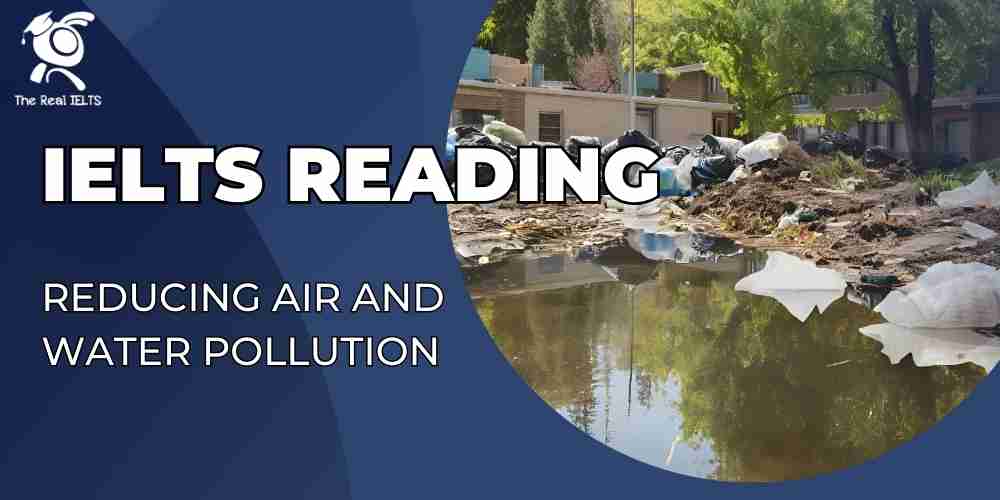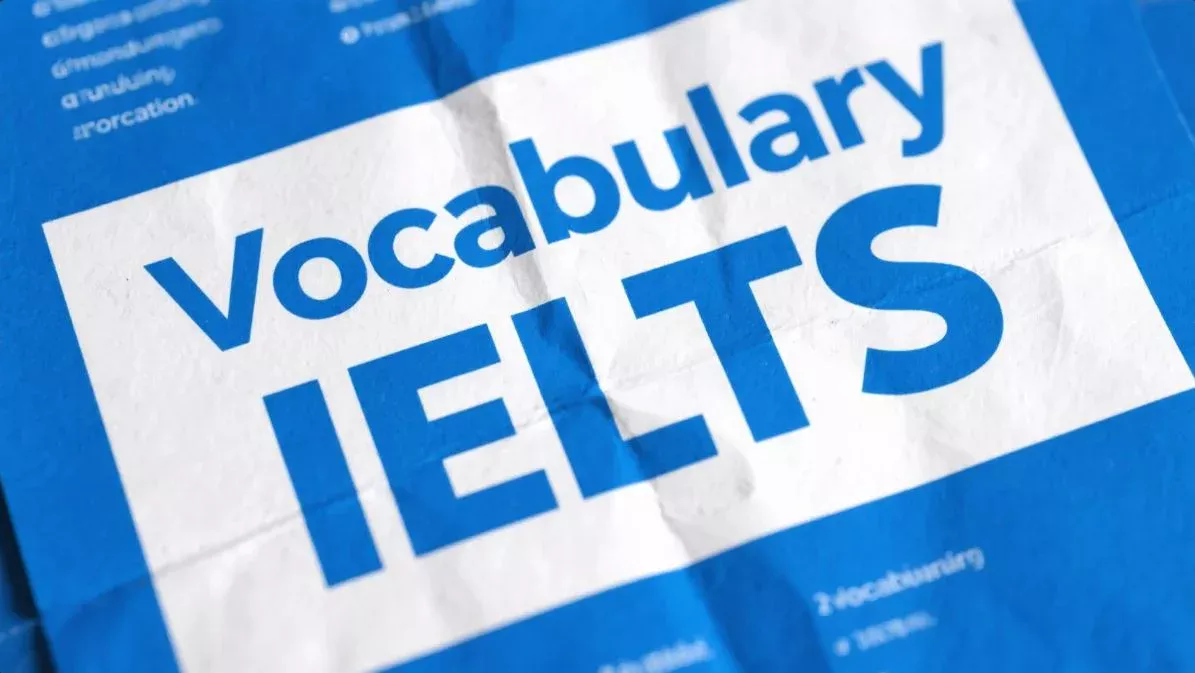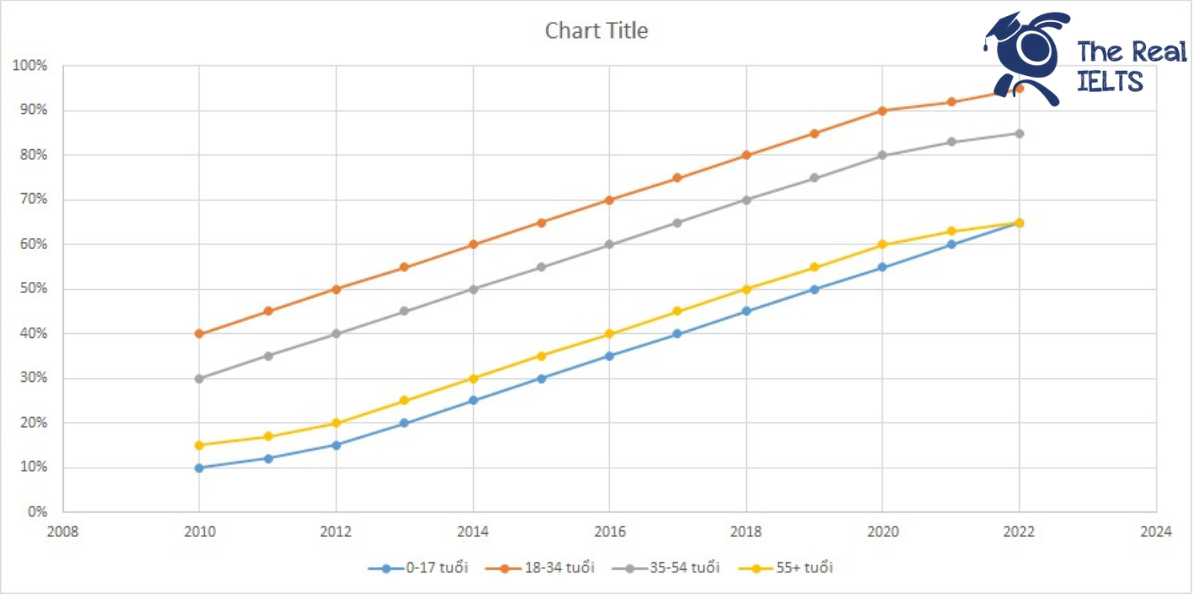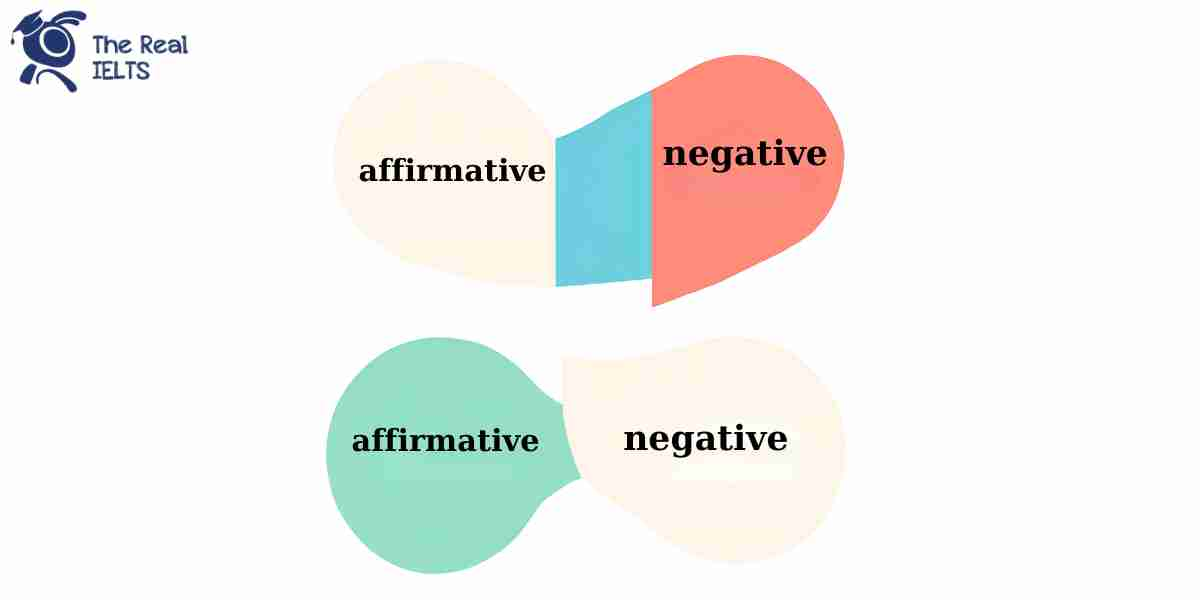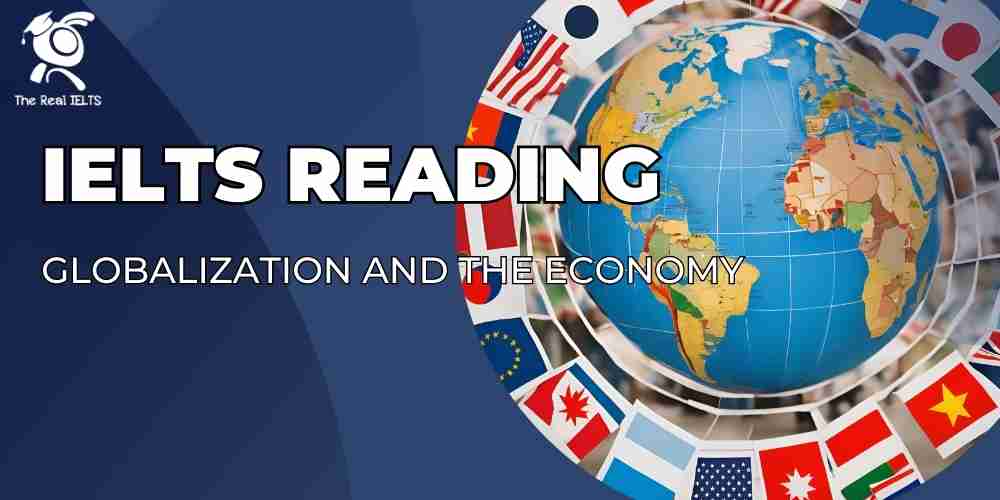IELTS Reading 4: Reducing Air and Water Pollution là chủ đề thuộc chuỗi bài luyện tập 11 dạng bài IELTS Reading và các bài tập luyện tập.
Học lại bài cũ: IELTS Reading 3: Animal Species Extinction.
IELTS Reading: Reducing Air and Water Pollution
Pollution, both in the air and water, has become one of the most pressing environmental challenges facing the world today. Human activities, particularly industrial processes, agriculture, and urbanization, have contributed to the degradation of natural resources. Reducing pollution is crucial not only for protecting ecosystems but also for safeguarding public health. This article explores key strategies for reducing air and water pollution, as well as the challenges involved.
Air Pollution Reduction
Air pollution primarily results from the release of harmful gases and particulate matter into the atmosphere. Key pollutants include carbon dioxide (CO2), nitrogen oxides (NOx), sulfur dioxide (SO2), and volatile organic compounds (VOCs). These pollutants can cause respiratory problems, cardiovascular diseases, and contribute to global warming.
One of the most effective strategies for reducing air pollution is transitioning from fossil fuels to renewable energy sources. Solar, wind, and hydroelectric power can generate electricity without emitting harmful pollutants. Countries like Germany and Denmark have made significant progress in reducing air pollution by investing heavily in renewable energy infrastructure. In addition to switching energy sources, improving public transportation systems and encouraging the use of electric vehicles can significantly lower emissions, particularly in urban areas where vehicle exhaust is a major pollutant.
Industrial emissions are another major source of air pollution. Many countries have implemented stricter regulations on factories to limit the amount of harmful substances they release into the air. These regulations include setting limits on the emissions of specific pollutants and requiring industries to adopt cleaner technologies. For example, using scrubbers in power plants can remove sulfur dioxide from exhaust gases, significantly reducing acid rain.
Water Pollution Reduction
Water pollution is primarily caused by the discharge of harmful chemicals, waste, and untreated sewage into bodies of water such as rivers, lakes, and oceans. Industrial activities, agricultural runoff, and inadequate wastewater treatment are the main contributors to water pollution. Contaminated water can destroy aquatic ecosystems, poison wildlife, and pose severe health risks to humans who rely on clean water sources.
One key approach to reducing water pollution is improving wastewater treatment facilities. In many developing countries, untreated sewage is often discharged directly into water bodies, leading to the contamination of rivers and lakes. Investing in modern sewage treatment plants ensures that harmful bacteria, chemicals, and waste products are removed from water before it is released back into the environment.
Another strategy involves reducing agricultural runoff. Pesticides, fertilizers, and animal waste often make their way into rivers and groundwater through rainwater runoff. These pollutants can cause harmful algal blooms, which deplete oxygen in the water and kill fish. Implementing sustainable agricultural practices, such as reducing the use of chemical fertilizers and improving soil management techniques, can help to prevent these pollutants from entering water systems.
Regulating industrial waste disposal is also crucial for reducing water pollution. Many industries discharge toxic chemicals and heavy metals into nearby rivers or lakes. Stricter enforcement of environmental laws and the promotion of cleaner production technologies can limit the discharge of these harmful substances.
Challenges and Future Directions
While significant progress has been made in reducing air and water pollution, there are still several challenges to be addressed. One major challenge is the economic cost of implementing pollution control measures. Transitioning to renewable energy, modernizing industrial processes, and building wastewater treatment plants require substantial financial investments, which may be difficult for developing countries to afford.
In addition, enforcing environmental regulations is not always straightforward. Corruption, lack of political will, and limited resources can hinder the enforcement of pollution control laws in many parts of the world. Governments need to prioritize environmental protection and ensure that businesses and industries comply with regulations designed to reduce pollution.
On a global scale, international cooperation is essential. Pollution is a transboundary issue, as air and water pollutants can travel long distances and affect neighboring countries. Therefore, global initiatives such as the Paris Agreement, which aims to limit global warming by reducing greenhouse gas emissions, are crucial for addressing pollution.
Conclusion
Reducing air and water pollution requires coordinated efforts at local, national, and global levels. The transition to renewable energy, improvements in waste management, and the adoption of sustainable agricultural practices are essential components of the solution. However, these measures must be supported by strong political commitment and international cooperation. By addressing the root causes of pollution and investing in cleaner technologies, it is possible to create a healthier and more sustainable future for all.
Question
1. Multiple Choice (Chọn đáp án đúng)
Câu hỏi 1:
What is one of the most effective strategies for reducing air pollution?
A. Building more highways
B. Transitioning to renewable energy sources
C. Reducing the use of electric vehicles
D. Increasing the use of coal power
2. True/False/Not Given (Đúng/Sai/Không có thông tin)
Câu hỏi 2:
The use of scrubbers in power plants has completely eliminated sulfur dioxide emissions.
- True
- False
- Not Given
3. Yes/No/Not Given (Có/Không/Không có thông tin)
Câu hỏi 3:
Is it stated in the passage that developing countries face more challenges in reducing pollution due to financial constraints?
- Yes
- No
- Not Given
4. Matching Information (Ghép thông tin)
Câu hỏi 4:
Match the following statements with the paragraphs (A, B, C, D, etc.) from the passage:
- A. The role of agriculture in water pollution
- B. How international cooperation can help reduce pollution
- C. The effect of industrial waste on water systems
- D. The challenges of implementing pollution control measures
5. Matching Headings (Ghép tiêu đề)
Câu hỏi 5:
Choose the most appropriate heading for each section of the passage:
- Section 1:
A. Challenges of controlling air pollution
B. Transition to renewable energy
C. Impact of transport on pollution
D. The importance of global cooperation - Section 2:
A. Sustainable agricultural practices
B. Industrial emissions and their consequences
C. Protecting aquatic ecosystems
D. Improving water management in urban areas
6. Matching Sentence Endings (Ghép kết thúc câu)
Câu hỏi 6:
Complete each sentence by matching it with the correct ending:
- Industrial emissions contribute to…
A. lower air pollution in urban areas. - Pesticides in water systems cause…
B. the development of harmful algal blooms. - International cooperation is essential because…
C. air pollution can travel long distances across borders.
7. Sentence Completion (Hoàn thành câu)
Câu hỏi 7:
Complete the sentence with no more than TWO words from the passage:
One of the key ways to reduce ________ is by adopting renewable energy sources.
8. Summary Completion (Hoàn thành bản tóm tắt)
Câu hỏi 8:
Complete the summary below using words from the passage:
Air pollution is largely caused by the release of harmful gases, such as CO2 and NOx. One solution to this issue is to shift from using (1) __________ to (2) __________ sources of energy, such as solar or wind power. Additionally, the use of (3) __________ in power plants can help reduce the amount of sulfur dioxide released into the atmosphere.
9. Diagram Label Completion (Hoàn thành nhãn sơ đồ)
Câu hỏi 9:
Based on the passage, label the diagram showing the process of reducing water pollution in a treatment plant.
- Step 1:
- Step 2:
- Step 3:
(Information to be provided from the wastewater treatment section of the passage.)
10. Short Answer Questions (Câu hỏi trả lời ngắn)
Câu hỏi 10:
Answer the following questions using NO MORE THAN THREE WORDS from the passage:
- What causes respiratory problems according to the passage?
- Which agricultural practice leads to water pollution?
11. Table/Flowchart/Note Completion (Hoàn thành bảng/sơ đồ dòng/chú thích)
Câu hỏi 11:
Complete the table below using words from the passage:
| Pollutant | Source | Effect |
|---|---|---|
| Carbon dioxide (CO2) | Fossil fuels | Global warming |
| Nitrogen oxides (NOx) | Respiratory problems | |
| Sulfur dioxide (SO2) | Power plants | Acid rain |
Answers
1. Multiple Choice (Chọn đáp án đúng)
Câu hỏi 1:
What is one of the most effective strategies for reducing air pollution?
Đáp án: B. Transitioning to renewable energy sources
2. True/False/Not Given (Đúng/Sai/Không có thông tin)
Câu hỏi 2:
The use of scrubbers in power plants has completely eliminated sulfur dioxide emissions.
Đáp án: False
(Trong bài viết, có nói rằng scrubbers giúp “remove sulfur dioxide”, nhưng không nói rằng chúng đã loại bỏ hoàn toàn khí này.)
3. Yes/No/Not Given (Có/Không/Không có thông tin)
Câu hỏi 3:
Is it stated in the passage that developing countries face more challenges in reducing pollution due to financial constraints?
Đáp án: Yes
(Đoạn văn đề cập rằng việc chuyển đổi sang năng lượng tái tạo và hiện đại hóa quá trình công nghiệp “require substantial financial investments, which may be difficult for developing countries to afford”.)
4. Matching Information (Ghép thông tin)
Câu hỏi 4:
Match the following statements with the paragraphs from the passage:
- A. The role of agriculture in water pollution → Water Pollution Reduction
- B. How international cooperation can help reduce pollution → Challenges and Future Directions
- C. The effect of industrial waste on water systems → Water Pollution Reduction
- D. The challenges of implementing pollution control measures → Challenges and Future Directions
5. Matching Headings (Ghép tiêu đề)
Câu hỏi 5:
Choose the most appropriate heading for each section of the passage:
- Section 1:
Đáp án: B. Transition to renewable energy - Section 2:
Đáp án: A. Sustainable agricultural practices
6. Matching Sentence Endings (Ghép kết thúc câu)
Câu hỏi 6:
Complete each sentence by matching it with the correct ending:
- Industrial emissions contribute to…
Đáp án: lower air pollution in urban areas. - Pesticides in water systems cause…
Đáp án: the development of harmful algal blooms. - International cooperation is essential because…
Đáp án: air pollution can travel long distances across borders.
7. Sentence Completion (Hoàn thành câu)
Câu hỏi 7:
One of the key ways to reduce ________ is by adopting renewable energy sources.
Đáp án: air pollution
8. Summary Completion (Hoàn thành bản tóm tắt)
Câu hỏi 8:
Complete the summary below using words from the passage:
Air pollution is largely caused by the release of harmful gases, such as CO2 and NOx. One solution to this issue is to shift from using (1) fossil fuels to (2) renewable sources of energy, such as solar or wind power. Additionally, the use of (3) scrubbers in power plants can help reduce the amount of sulfur dioxide released into the atmosphere.
9. Diagram Label Completion (Hoàn thành nhãn sơ đồ)
Câu hỏi 9:
Label the diagram showing the process of reducing water pollution in a treatment plant.
- Step 1: Wastewater collection
- Step 2: Treatment of harmful bacteria and chemicals
- Step 3: Discharge of treated water into rivers or lakes
10. Short Answer Questions (Câu hỏi trả lời ngắn)
Câu hỏi 10:
- What causes respiratory problems according to the passage?
Đáp án: Nitrogen oxides (NOx) - Which agricultural practice leads to water pollution?
Đáp án: Use of pesticides and fertilizers
11. Table/Flowchart/Note Completion (Hoàn thành bảng/sơ đồ dòng/chú thích)
Câu hỏi 11:
Complete the table below using words from the passage:
| Pollutant | Source | Effect |
|---|---|---|
| Carbon dioxide (CO2) | Fossil fuels | Global warming |
| Nitrogen oxides (NOx) | Vehicle exhaust | Respiratory problems |
| Sulfur dioxide (SO2) | Power plants | Acid rain |


